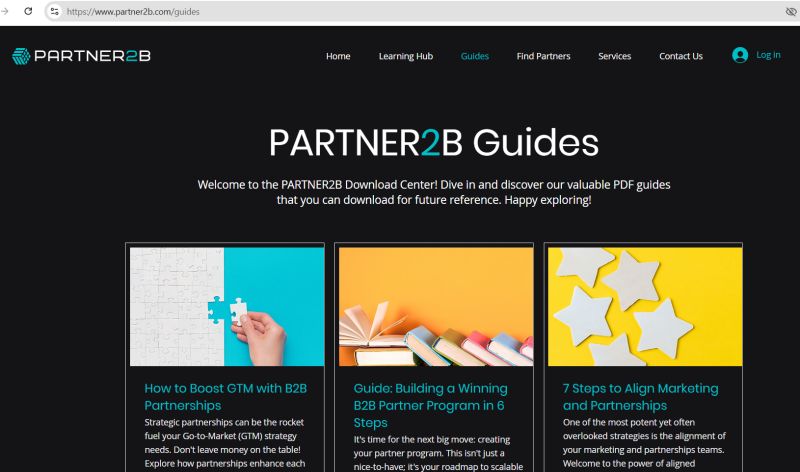
Effective Approaches to Building Strategy for Sustainable Success
Creating a well-defined and actionable building strategy is essential for any organization aiming to achieve long-term success. A robust strategy encompasses various elements, including vision, goals, resources, and market dynamics, all of which converge to shape the overall direction of a business. This article delves into the fundamental aspects of developing a sound building strategy, outlining practical methodologies and best practices that can be adapted to different organizational contexts.
The Importance of a Clear Vision
A clear and compelling vision acts as the foundation of any effective building strategy. It provides a sense of purpose and direction, motivating all stakeholders to work towards common objectives. Leaders should engage in reflective discussions to define the vision that aligns with the organization’s core values and market needs. This vision should not only be aspirational but also attainable and relevant to the organization’s capabilities and the challenges it faces in its industry.
Crafting the Vision Statement
When crafting a vision statement, consider the following elements:
- Clarity: Ensure the language used is straightforward and communicates the essence of the organization’s goals.
- Inspiration: The vision should motivate employees and stakeholders to strive for excellence and innovation.
- Relevance: Align the vision with current market trends and the long-term interests of the organization.
Defining Goals and Objectives
Once the vision is established, the next step in building strategy involves defining clear goals and objectives. Goals translate the vision into actionable outcomes. They should be SMART: Specific, Measurable, Achievable, Relevant, and Time-bound.
Setting SMART Goals
For effective goal-setting, consider the following:
- Specific: Goals should be well-defined, detailing what needs to be accomplished.
- Measurable: Establish criteria for measuring progress toward the fulfillment of each goal.
- Achievable: Goals must be realistic and attainable within the resources and timeframe available.
- Relevant: Ensure that the goals align with broader organizational objectives and priorities.
- Time-bound: Set deadlines to create a sense of urgency and prompt action.
Market Research and Analysis
An effective building strategy requires profound knowledge of the market environment. Conducting thorough market research and analysis enables organizations to identify opportunities, threats, industry trends, and competitive dynamics. Understanding customer preferences and behaviors also plays a critical role in strategy formulation.
Tools for Market Analysis
Several analytical tools can be employed to facilitate market research, including:

- SWOT Analysis: Assess internal strengths and weaknesses alongside external opportunities and threats.
- PESTEL Analysis: Examine political, economic, social, technological, environmental, and legal factors influencing the market.
- Porter’s Five Forces: Analyze competitive forces within the industry to gauge market attractiveness and profitability.
Resource Allocation and Management
Effective resource allocation is crucial for the successful implementation of a building strategy. Identifying key resources, including human capital, finances, time, and technology, allows organizations to optimize their usage and ensure a balanced approach to strategic initiatives.
Strategic Resource Management
To manage resources strategically, consider the following steps:
- Assess Resource Availability: Evaluate current resource levels and capabilities against the strategic goals.
- Prioritize Resource Allocation: Allocate resources based on the priority of projects and initiatives that align with organizational goals.
- Monitor and Adapt: Continuously assess resource usage and make adjustments to ensure optimal outcomes.
Implementation and Execution
Having a strategy in place is less impactful if it is not implemented effectively. The execution phase requires clear communication, accountability, and ongoing evaluation to ensure that activities align with strategic goals.
Building an Execution Framework
To enhance execution, organizations should develop a framework that includes:
- Clear Roles and Responsibilities: Define who is responsible for executing various aspects of the strategy.
- Effective Communication: Maintain open lines of communication throughout the organization to facilitate collaboration and feedback.
- Performance Metrics: Establish key performance indicators (KPIs) to measure success and track progress.
Continuous Monitoring and Evaluation
Strategic building is not a one-time effort but requires continuous monitoring and evaluation to adapt to changing conditions. Organizations need to regularly assess the effectiveness of their strategy and make necessary adjustments based on performance and market feedback.
Feedback Loops and Iterative Improvement
Incorporating feedback loops allows organizations to:
- Learn from Experiences: Analyze successes and failures to derive insights that inform future decisions.
- Adjust Strategies: Pivot and adapt strategies based on performance data and market shifts.
- Foster a Culture of Innovation: Encourage a mindset of continuous improvement and adaptability among team members.
Conclusion
In conclusion, building an effective strategy is a multifaceted process that requires clear visioning, goal-setting, market understanding, resource management, and ongoing evaluation. By following these principles, organizations can create robust building strategies capable of steering them toward sustainable growth and success. As the business landscape continues to evolve, the adaptability and foresight embedded in strategic planning will determine an organization’s longevity and relevance in the market.